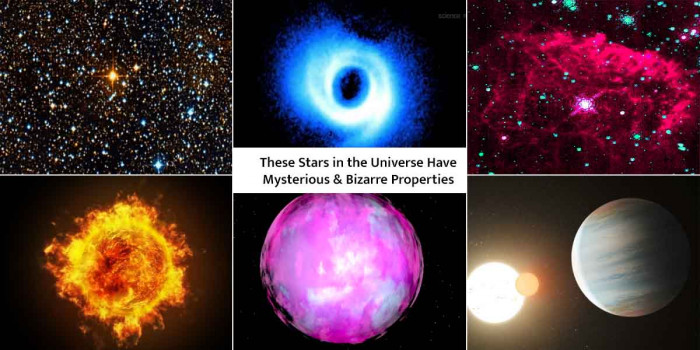Blood Falls in Antarctica Looks Blood-Curdling Yet is a Beautiful Sight to Behold
Blood falls, an unusual place in Antarctica, gave a big opportunity to scientists to study deeply about the earth in extreme conditions. Let’s read the mystery behind the blood falls.
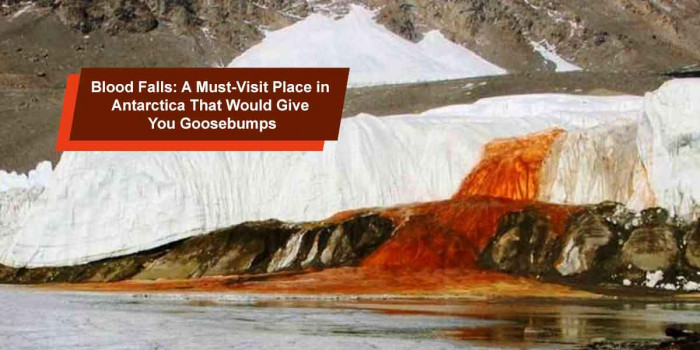
You must have planned to travel beautiful lakes, exotic destinations that shared amazing views, and a peaceful atmosphere. While some look for adventurous places, others are the wisest explorers and choose waterfalls. Capturing a beautiful moment that natural sceneries share is a rare sight. You might have visited several beautiful falls from around the world. But sometimes the hunt for exploring a perfect waterfall is missed.
Heading to waterbodies is one of the common things people planned to visit during summers. Spectacular view of waterfalls forming a stream from soft to hard rocks is a rare sight to capture.
When it comes to waterfalls, Niagara Falls is one of the largest waterfalls in the world. That’s not all, but most of the people dream of visiting Niagara Falls once in their lifetime. Not other waterfalls, but Niagara falls is on everyone’s bucket list. But have you ever heard of red-brown blood falls that are known for their strange color?
The mystery why the water flows at a cold temperature and what they are made of is not solved. The falls are named for its ruddy color and are not the blood from the unseen wounds.
Blood Falls - A Fascinating Place That Has Lower Freezing Point and Releases Heat as it Freezes
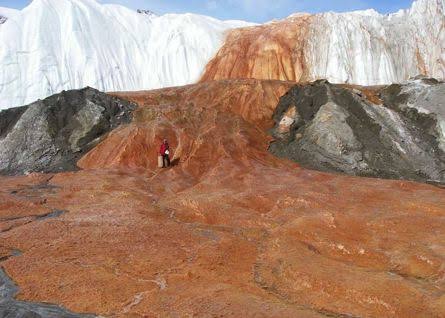
Blood falls, located in Antarctica’s McMurdo Dry Valleys, has a mystery behind this strange color. The falls from the Taylor Glacier (it is an Antarctic glacier) on to the ice-covered surface of the West Lake Bonney in the Taylor Valley of East Antarctica. The lake under the glacier has salty consistency and has a lower freezing point than pure water.
Everyone who goes here assumes the water to be frozen. However, several factors show the water to remain a liquid. One factor shows that heat is associated with water freezing phase.
Geologist First Thought That Red Color Came from Algae
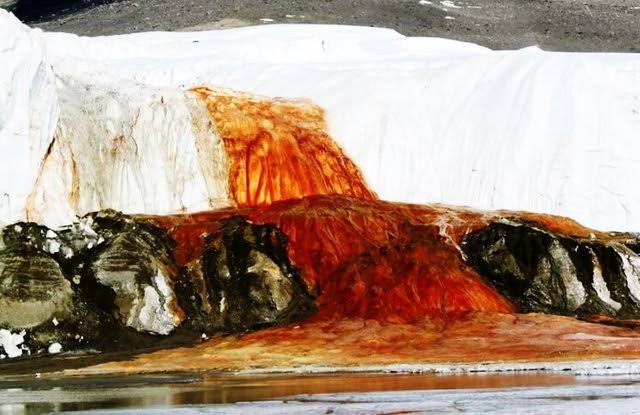
It was in 1911 when the geologists discovered that the red color of the waterfall came from algae, but the truth came out to be more frightening. Nearly two million years back, the Taylor Glacier under it had a small water body that hosted a community of ancient microbes. The microbes were trapped below the layer of ice and remained there ever since. They lived without the light, with a little heat, and with no free oxygen.
The lake has high salinity and is rich in iron. This all together gives the lake a bright red color. This clearly shows that life can exist even in the most extreme conditions on earth. However, this doesn’t prove that life could exist on the other planets with the same atmospheric conditions.
The Microbial Ecosystem That has Ancient Roots
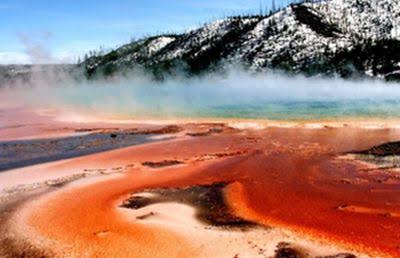
Chemical and microbial analyses indicate that a rare subglacial ecosystem of autotrophic bacteria developed metabolizes ferric and sulfate ions. According to geologists, water samples from blood falls contains nearly 17 types of microbes and almost no oxygen. They explained that the microbes use sulfate as a catalyst to respire and to metabolize the levels of matter trapped with them.
In 2014, the scientists and engineers used a probe called IceMole, designed by a German collaboration, to melt into the glacier and to sample the salty water that feeds blood falls. Samples taken were analyzed and disclosed that a cold, iron-rich, and sub-glacial brine.
From the samples, the scientists found and characterized a bacteria that is capable of growing in salty water. DNA bioinformatic analysis showed the presence of nearly four gene clusters is involved in secondary metabolism.
The two genes seem to be involved in terpene biosynthesis. The other two are associated with the production of aryl polyenes. Several studies have been done here and measured the amount of rich-brine in the river water. The study found the brine content increased as the measurements come closer to the falls.
Final Words
The blood falls contain different microbes and can survive at different conditions. Even blood falls don’t confirm the existence of terrestrial life, but it is a sight to behold.
You would be shocked to know that the blood falls have never seen sunlight and completely lack oxygen. When the iron water comes in contact with air, it rusts and deposits blood red stains on the ice.
Have you ever been to a place like this? If not, then you must visit blood falls anytime soon.
Popular Posts
9 Weird Mormon Rules & Beliefs That Make Them Different from Other Communities
Mormons are from a cultural group related to Mormonism. It is the religious tradition of the latter-day saint movement of Restorationist Christianity initiated by Joseph Smith.
Augustus Perez
12 Missing People Who Disappeared Mysteriously and Later Found Alive
The news of lost people coming back to life or found alive makes for great headlines but is an emotionally wrecking experience in reality, here are some strange stories of missing people who were found alive!
Augustus Perez
Mel's Hole: The Mysterious Infinite Pit Legend Debunked
The Mel’s Hole legend was baselessNevadaand it lived for a long amount of time, maddening curious minds with what lies beneath.
Kevin Green







